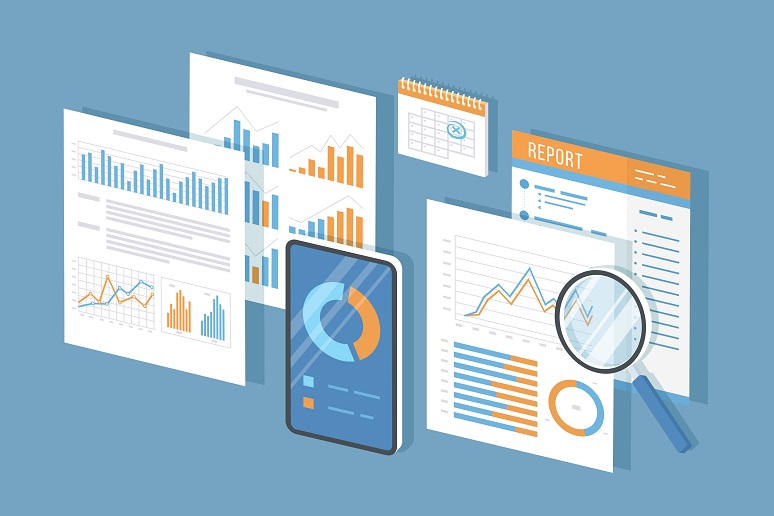If you manage the IT department of a large enterprise, you have a lot on your plate. We are regularly chasing down issues in a firefighting mode or playing a game of whack-a-mole. The moment that we resolve one issue, another pops up — it’s just the nature of the business.
In the midst of our fast-paced schedules, we need to make quick decisions. Sure, sometimes we have the luxury of time — our new Raleigh office is under construction, and in nine months, we need circuits. But often, IT isn’t given a lot of lead time.
In my experience, here are eight reports every IT manager should run on a regular basis to gain actionable insight into their telecom services. These are biased toward voice, but many can easily translate to data. These reports include:
1. Monthly close
This report is pretty basic and should provide this month and a trend of each month.
2. Monthly accrual
This report shows what services have been paid and what is allocated toward accrual for the month.
3. Monthly savings
How much did I reduce/increase costs over my budget? It’s not just a cost variation report. Instead, it should reflect intentional savings.
4. Service inventory
This is really a handful of different reports. You should be able to run a report that lists all your toll-free numbers, the terminating numbers (or trunks with DNIS info), the service address, the monthly cost, and usage. A
POTS line report will show every POTS line, the service address, the cost, and what it’s used for. The purpose is critical. Is it for faxing, security, or fire alarm? Is it a modem? If so, what type of equipment (an old AS/400 or a gas meter)? You might want to run a report to see if any are labeled for AS/400 because you retired the last one two years ago, right?
In my opinion, databases should contain everything: every toll-free number, DID number, POTS, circuit, point-to-point, etc. This should be a core competency of anyone reviewing telecom expense management (
TEM) reports, and analyzing these reports into meaningful data should be routine.
5. Cell phones management and inventory
There should be a report that lists every EMEI, phone number, plan, and usage. This should include the user’s name, their manager, their department, international services, and hotspot services.
6. Equipment reports
If you have premises-based equipment at some or all locations, certain reports can also be an eye-opener. A full understanding of the operating costs is important. Is it leased or owned? Is there recurring software cost? Is there a maintenance cost? Are these costs bundled with other services? Once you arrive at a total cost of ownership (TCO), take it a step further. Next calculate your cost per endpoint. This might be cost per phone, or it might be cost per employee. Now, do this for each of your offices and look for patterns.
My very old phone systems were reliable dinosaurs with very low-operating costs. My more modern equipment was the most expensive. And in general, prices for VoIP services under more recent contracts have returned to something more competitive.
7. Cost per carrier
Do you know much you spend with each carrier? This is useful as a one-month snapshot and also as a trend over time. It’s helpful for negotiations and reciprocal agreements and checking for minimum annual revenue commitment (MARC) compliance. It can also help to spot trouble, such as fraud, or your carrier load diversity is out of balance.
8. Cost per site
This would contain an aggregate cost of equipment, maintenance, software, circuits LD, and any and all telecom costs for each site. I butt this report up against the number of employees to get cost per user. But it could be put up against anything meaningful to you, such as square footage, widgets produced, or gross revenue.
Capturing all the data for this information is important to keep a functional telecom department. Maintaining the data and making it meaningful is where the value is really found. It allows you to spot problems right away, identify trends, build resiliency, and respond quickly to business needs. If your department doesn’t have something like this, it might be time to develop it or seek outside help from a TEM or telecom lifecycle company.










